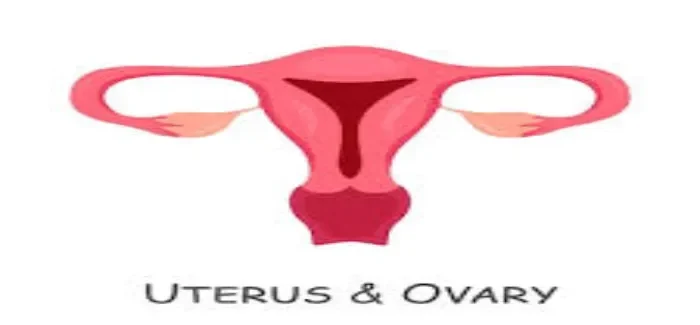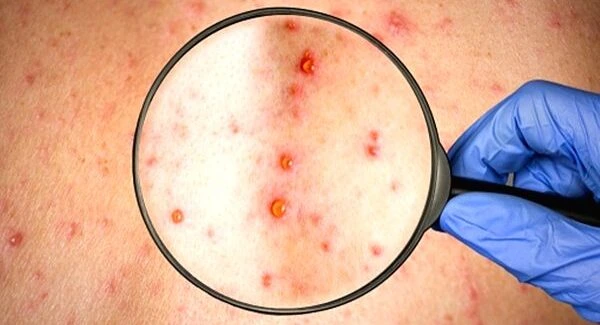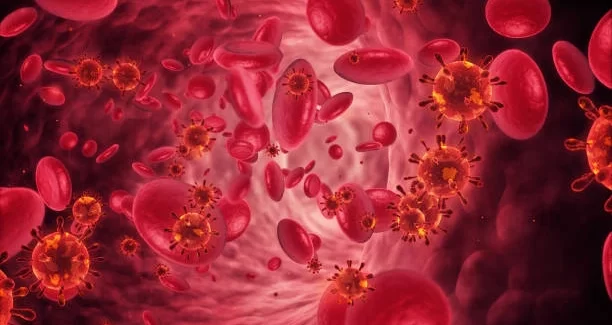What is infertility?

Posted Date: April 24th, 2023
Infertility is a medical condition characterized by the inability to conceive a child or carry a pregnancy to full term after one year of regular and unprotected sexual intercourse. Both men and women can experience infertility which may be caused by various factors such as hormonal imbalances, structural abnormalities, genetic factors, age, lifestyle factors and certain medical conditions. Infertility can be temporary or permanent and can be treated with various interventions such as medications, surgery, assisted reproductive technologies (ART) or lifestyle changes.
What causes infertility?
If a couple tries but is unable to conceive after a year, doctors will label them infertile. For an infertility diagnosis, the period spent attempting to conceive decreases to six months for women over the age of 35. A quick examination is necessary for women over 40. Miscarriage or the inability to bring a kid to birth are not considered to be forms of infertility.
Why is infertility a problem?
Infertility has a variety of causes:
• One third of infertile women experience issues with their reproductive system.
• An issue with the male reproductive system affects one in three infertile males.
• One in three couples struggle with a shared issue or an unidentified problem.
Just how typical is infertility?
• 1 in 10 women between the ages of between 15 and 44 having difficulty becoming pregnant.
• Pregnant women with complications risk losing the child:
• miscarriage) before the 20th week of pregnancy.
• following a stillbirth in the 20th week of pregnancy.
What kinds of infertility are there?
The following types of infertility:
• Primary: a lady who has never given birth and is unable to get pregnant after a year without taking birth control.
• Secondary: A woman has secondary infertility when she is unable to conceive after at least one successful pregnancy.
SIGNIFICANCE AND CAUSES
What are the danger signs of infertility?
These elements raise everyone’s chance of infertility:
• (Men must be over 40 and women must be over 35).
• Diabetes.
• eating disorders, such as bulimia and anorexia nervosa.
• excessive drinking.
• exposure to pollutants in the environment, such as insecticides and lead.
• Over-exercising.
• various cancer therapies, such as radiation therapy.
• STIs or sexually transmitted infections.
• Smoking.
• Stress.
• addiction to drugs.
• Obesity or underweight issues with weight.
What are the causes of female infertility risk factors?
These elements may have a role in female infertility:
• irregular menstrual cycles.
• fallen tubes that are blocked.
• celiac illness.
• kidney illness.
• a previous tubal ectopic pregnancy.
• inflammation of the pelvis.
• diseases of the pituitary gland, including Cushing’s syndrome.
• Ovarian cysts, PCOS and primary ovarian insufficiency are all related to the ovaries.
• Anemia with sickle cells.
• Endometriosis, uterine fibroids and uterine polyps are a few uterine conditions.
• thyroid condition.
What are the causes of male infertility risk factors?
These elements may contribute to male infertility:
• Varicocele, a condition in which the testicles’ sac in the scrotum has enlarged veins.
• diseases caused by genes, like cystic fibrosis.
• Testicles are subjected to excessive heat from constrictive garments or repeated usage of saunas and hot tubs.
• injury to the testicles or scrotum.
• Low testosterone or low sperm count (hypogonadism).
• Anabolic steroid abuse.
• Retrograde ejaculation, in which the sperm returns to the bladder, also known as premature ejaculation.
• cancer of the testicles and therapies.
• undescending testicles.
CONTROL AND TREATMENT
When should an infertile person seek help?
If, after a year of trying, a woman under 35 is still not pregnant, she should visit a doctor. If you are older than 35, you should get treatment sooner (after six months of trying). As a woman ages, her chances of becoming pregnant decline. The fertility of a woman in her 30s is half that of a woman in her 20s.
Regardless of gender, if you have a risk factor that impacts fertility, you should get care as soon as possible.
How is infertility in women treated?
Infertility treatments include:
• Medications: Hormone levels are altered by fertility medicines to promote ovulation.
• Surgery: Surgery can be used to clear obstructed fallopian tubes and remove polyps and uterine fibroids. A woman’s chances of getting pregnant are doubled with surgical treatment for endometriosis.
What is the treatment for male infertility?
Male infertility treatments include:
• Medications: The levels of testosterone or other hormones can be increased by drugs. For erectile dysfunction, there are additional medications.
• Surgery: To clear obstructions in the tubes that store and transport sperm, some men require surgery. The chances of conception are increased and sperm quality is improved with varicocele surgery.
What are the available fertility treatments for both sexes?
Some unions require more assistance to conceive. Before attempting to conceive, a woman may first take drugs to induce ovulation one of these possibilities
• IUI: Intrauterine insemination A long, thin tube is used by a medical professional to inject sperm straight into the uterus.
• IVF: In vitro fertilisation Assisted reproductive technology (ART) includes IVF. At the conclusion of the stimulation, the eggs are collected and the sperm and eggs are combined in a lab dish. Eggs are fertilised by sperm. One of the embryos (fertilized eggs) is placed into the uterus by a carer.
• injection of intracytoplasmic sperm (ICSI): This process is comparable to IVF. Each of the collected eggs is immediately injected with one sperm by an embryologist (a highly trained lab worker) and one embryo is then transferred into the uterus by a career.
• Unaffiliated ART: Couples may make use of donated sperm, eggs or embryos. Some pairs need a surrogate or gestational carrier. These individual consents to carry your unborn child and give birth to it.
PREVENTION
How may infertility be avoided?
These actions may be taken by both men and women to preserve their fertility, particularly when attempting to conceive:
• Maintain a healthy weight by eating a well-balanced diet.
• Do not smoke, abuse drugs or consume too much alcohol.
• Receive STD treatment.
• Reduce your exposure to poisons.
• Continue to move about, but don’t overdo it.
End Note
Every third marriage has infertility as an issue. There are several factors that contribute to infertility, including the reproductive system problems that affect one-third of infertile women, the presence of shared or undiagnosed problems in one-third of infertile men and the difficulties that one-third of couples face. Diabetes, eating disorders, binge drinking, excessive exercise, exposure to pollutants, STIs, smoking, stress, drug addiction, obesity, underweight problems with weight, irregular menstrual cycles, fallen tubes blocked, celiac disease, kidney disease, a prior tubal ectopic pregnancy, pelvic inflammation, pituitary gland diseases, ovarian cysts, PCOS and primary ovarian insufficiency are all risk factors for infertility low testosterone, anabolic steroid abuse, retrograde, to the testicles or scrotum The fact that infertility may be treated with either medicine, surgery or both is one of the most crucial aspects. Both sexes can be treated with drugs, hormones and surgery. While surgery can remove clogs in the tubes that store and transport sperm, medications can raise testosterone levels.
Some pairings need more help getting pregnant. Using ovulation-inducing medications, such as those used in IUI, IVF, ICSI and other ART, is one way to prevent infertility. Women should maintain a healthy weight, refrain from smoking, abusing drugs or drinking excessive amounts of alcohol. They should also get STD treatment, limit their exposure to chemicals and continue to walk about.







